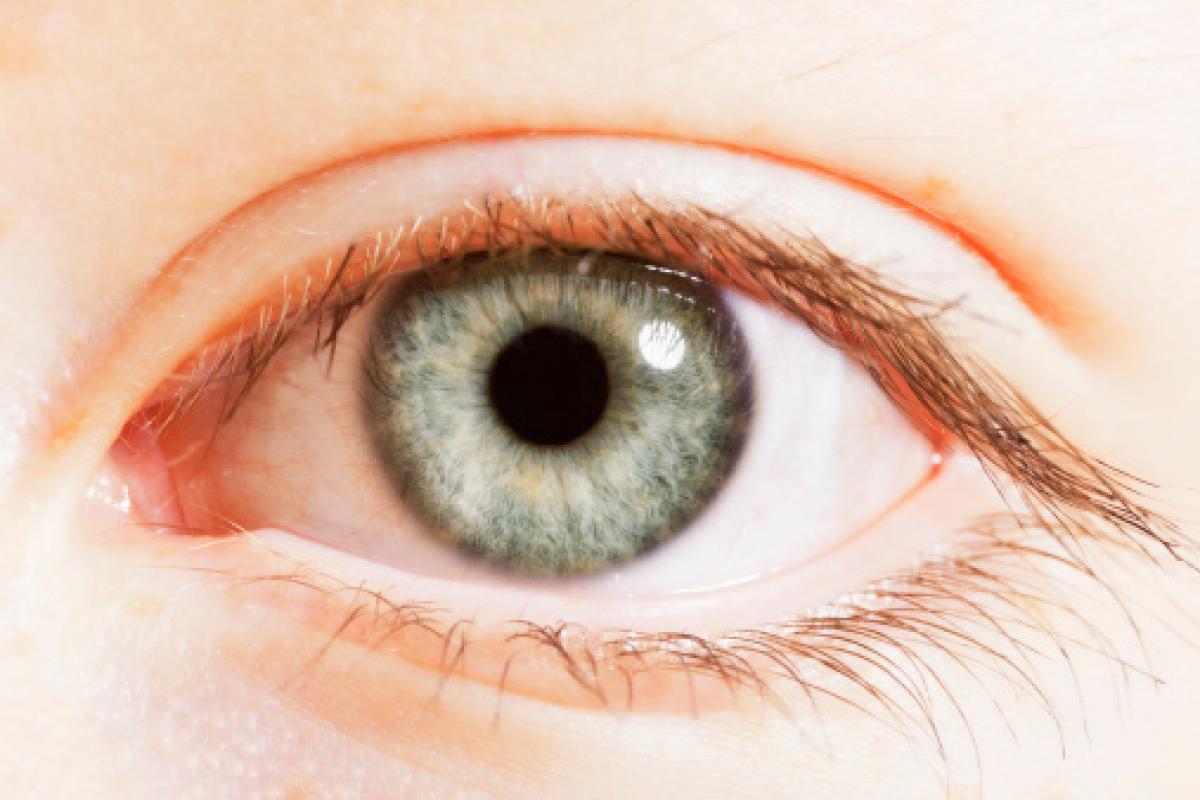Live
- Alia Bhatt captures attention in white
- Varun Dhawan talks about ‘Baby John’
- ‘Moonwalk’ trailer promises a quirky heist, love, and loyalty
- Combat leaf spot disease
- Ahsaas Channaopens up about her complex character in ‘Mismatched 3’
- Radhika Apte welcomes first child, shares heartfelt post
- Jacqueline dazzles at Da-Bangg Reloaded concert
- Time to boost measures to prevent drowning, save children: WHO
- TDP achieves milestone with 73 lakhs membership registration, says Chandrababu
- South Korea: Main Oppn hails Yoon's impeachment motion passage as 'victory for people, democracy'
Just In

x
Highlights
The human eye does have an unavoidable blind spot and with training, this can be effectively “shrunk,” Australian researchers have found.
The human eye does have an unavoidable blind spot and with training, this can be effectively “shrunk,” Australian researchers have found.
The optic nerve that sends visual signals to the brain must pass through the retina which creates a hole in that light-sensitive layer of tissue.
When images project to that precise location, we miss them.
This blind spot can be “shrunk” despite the fact that the hole in our visual field cannot be.
The findings raise the possibility that similar methods might improve vision in people with age-related macular degeneration, which is the leading cause of blindness.
"We did not confidently expect to see much reduction in functional blindness, as you can never develop photosensitivity within the blind spot itself,” said Paul Miller from University of Queensland in Australia.
“You can only enhance sensitivity at the blind spot periphery, but this proved sufficient to bring about a 10 percent reduction in functional blindness,” he noticed.
The researchers trained 10 people for 20 consecutive weekdays on a direction-discrimination task in which they were presented with a drifting sinusoidal waveform in a ring centreed about the physiological blind spot of one of their eyes.
The sine wave or sinusoid is a mathematical curve that describes a smooth repetitive oscillation.
The size of the ring was adjusted such that participants could correctly gauge the direction of movement about 70 percent of the time.
At the end of the training, those individuals showed improvements in the ability to correctly judge both the direction and the colour of the waveform.
The data is consistent with the notion that training enhanced the sensitivity of neurons with receptive fields that partially overlap the physiological blind spot.
As a result, the researchers noted, the eye apparently becomes more sensitive to weak signals originating primarily from within the region of blindness.
According to Miller, the team now plans to further optimise their training protocol in normally-sighted people around the physiological blind spot and to then test its use in people with age-related macular degeneration.
The paper appeared in the Cell Press journal Current Biology.

Next Story
More Stories
ADVERTISEMENT
© 2024 Hyderabad Media House Limited/The Hans India. All rights reserved. Powered by hocalwire.com







